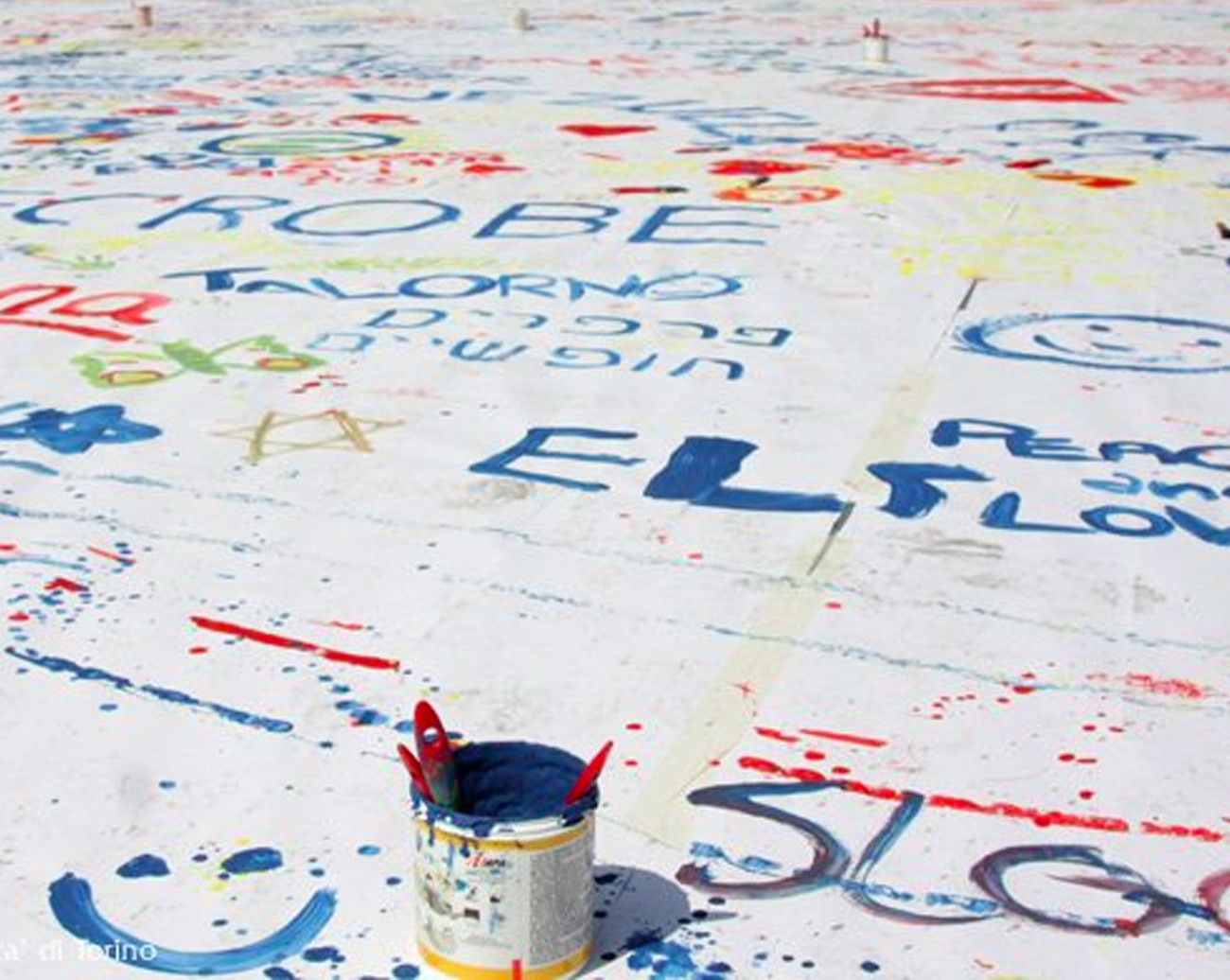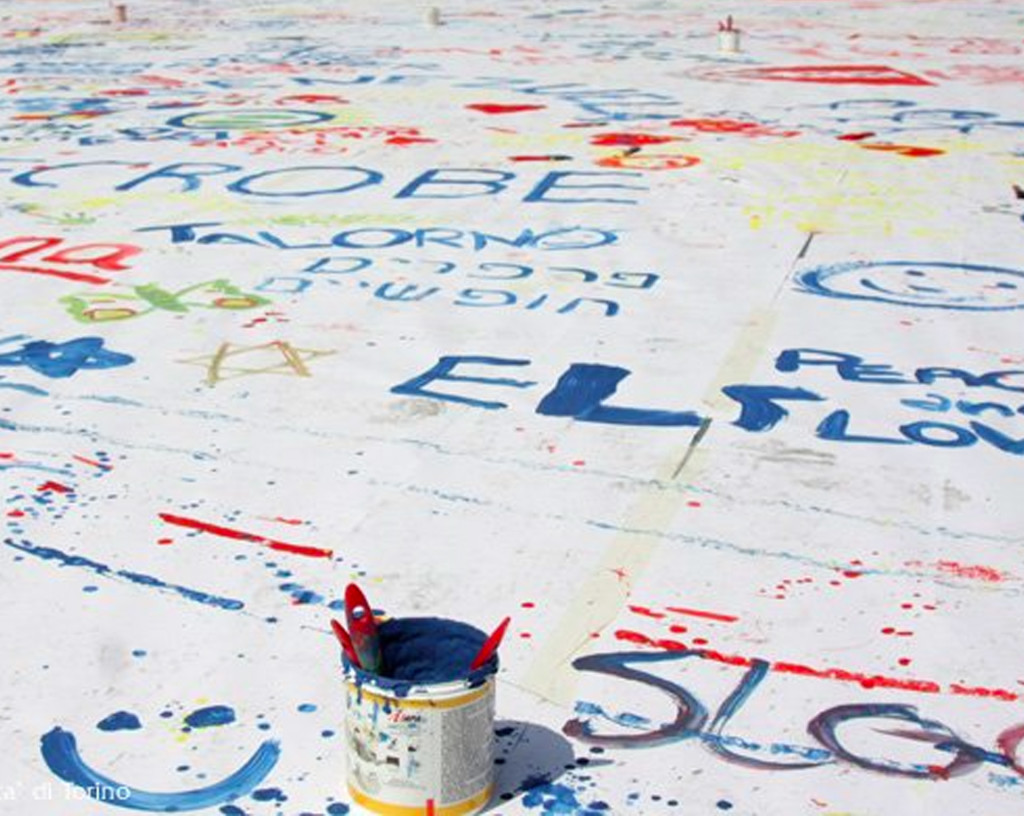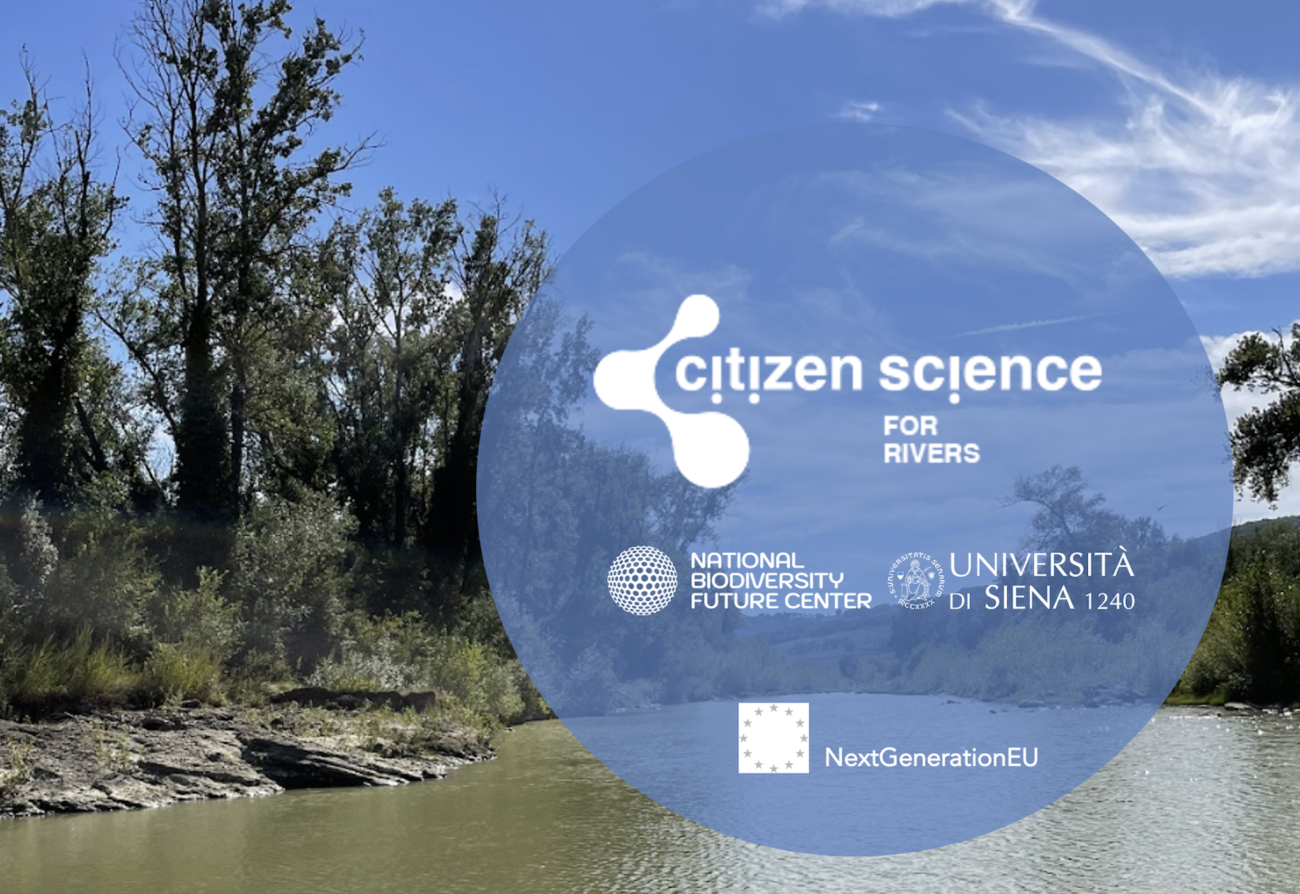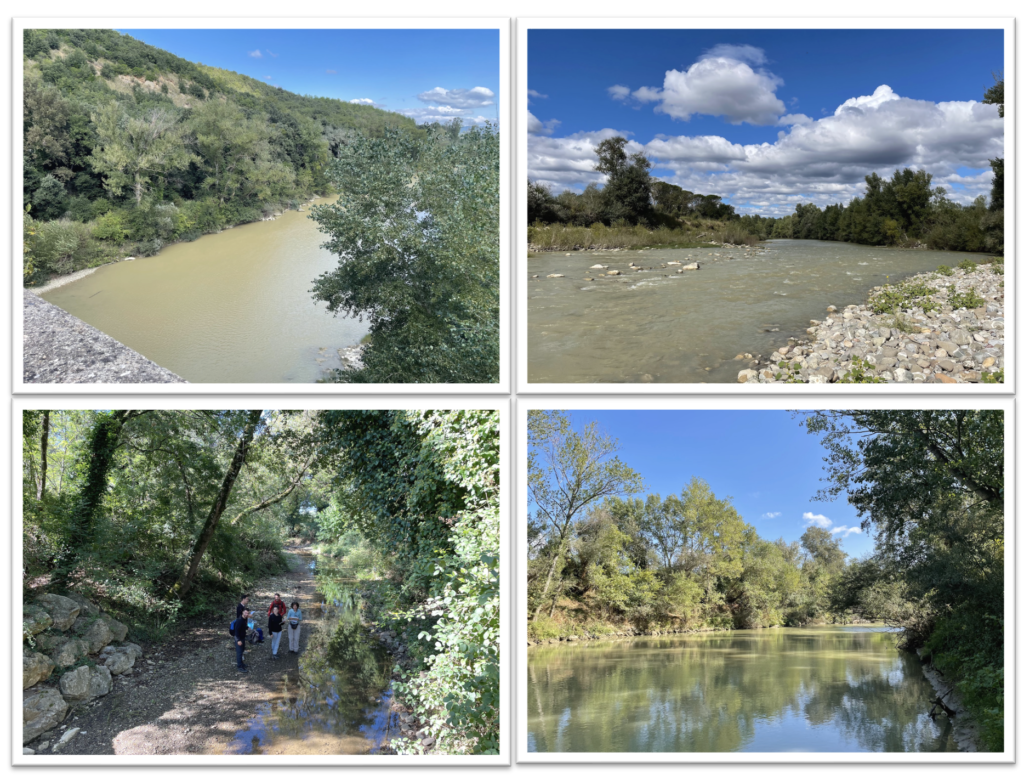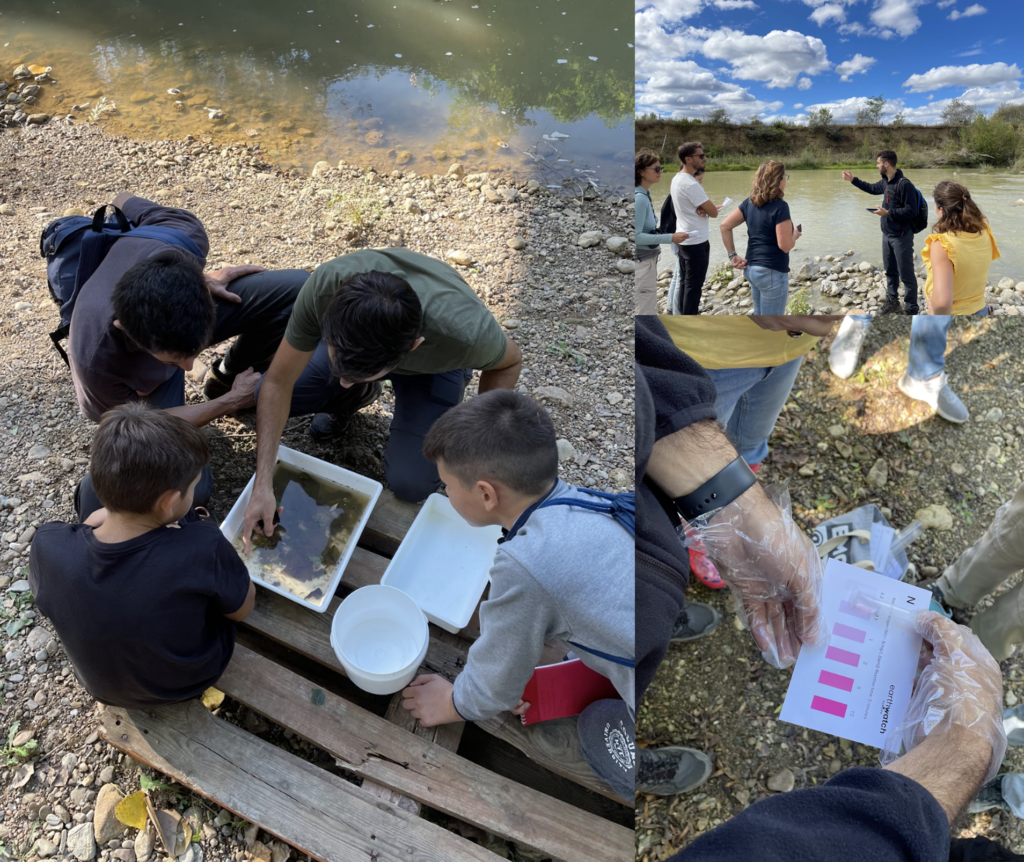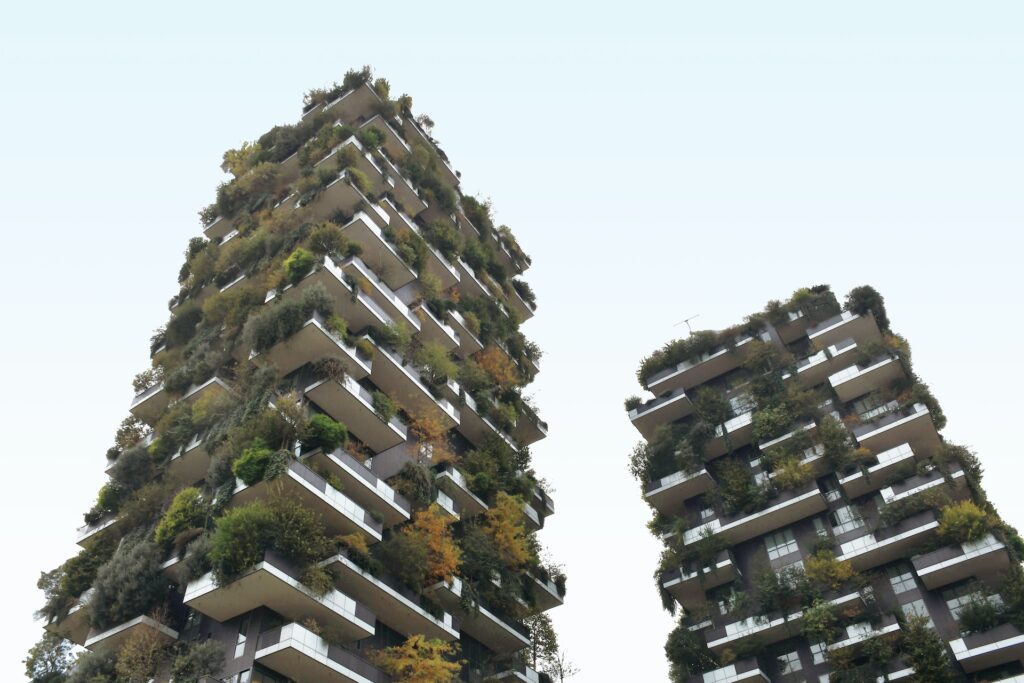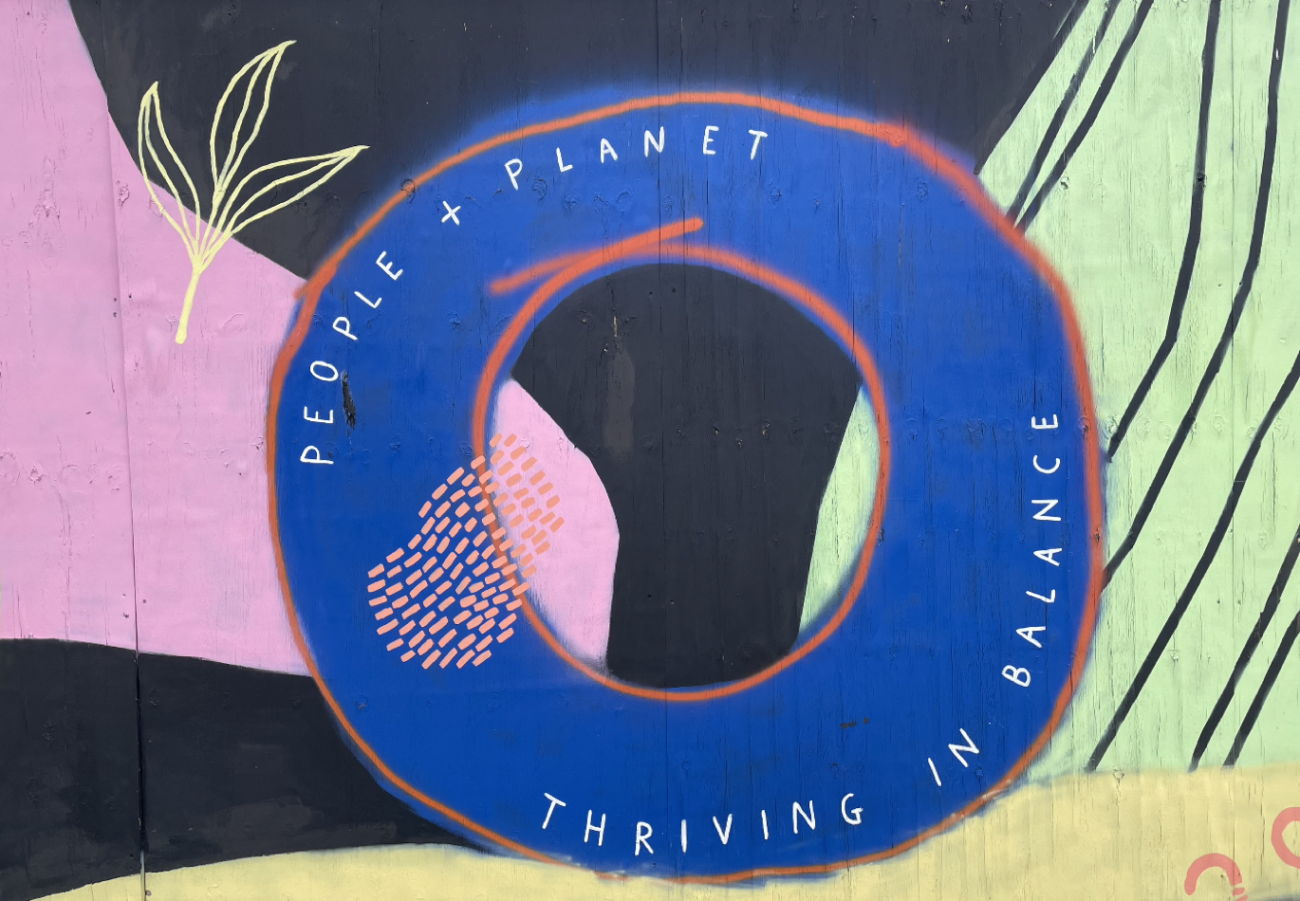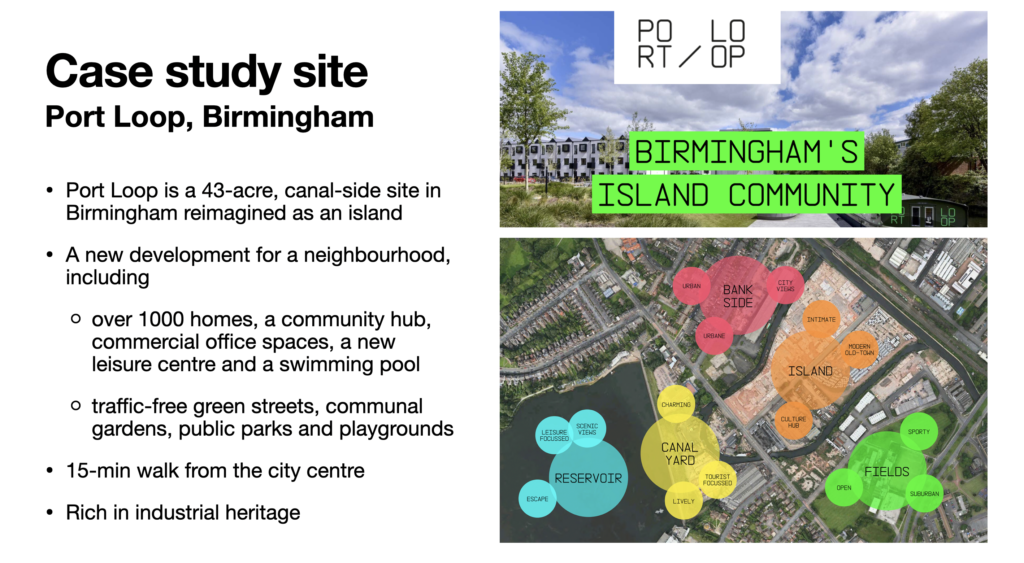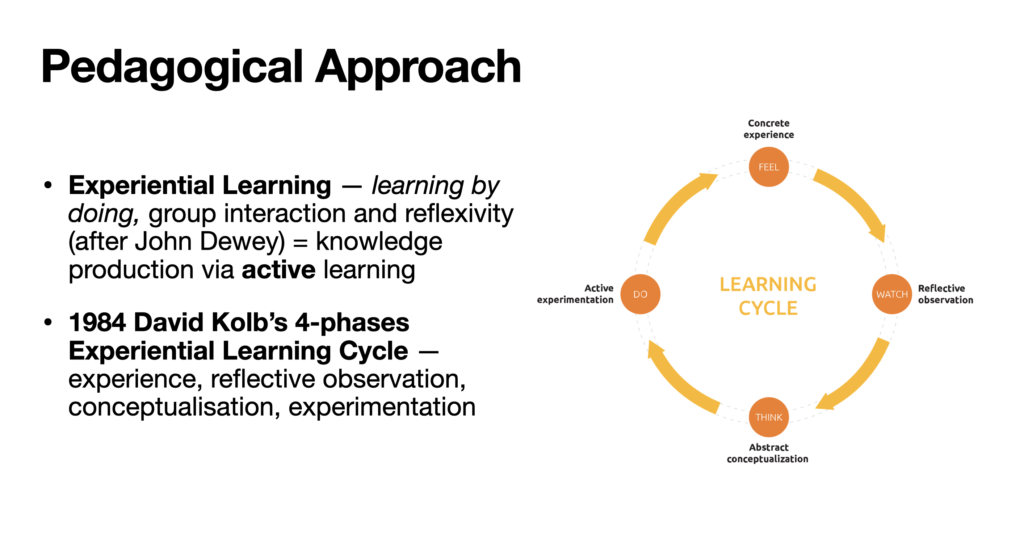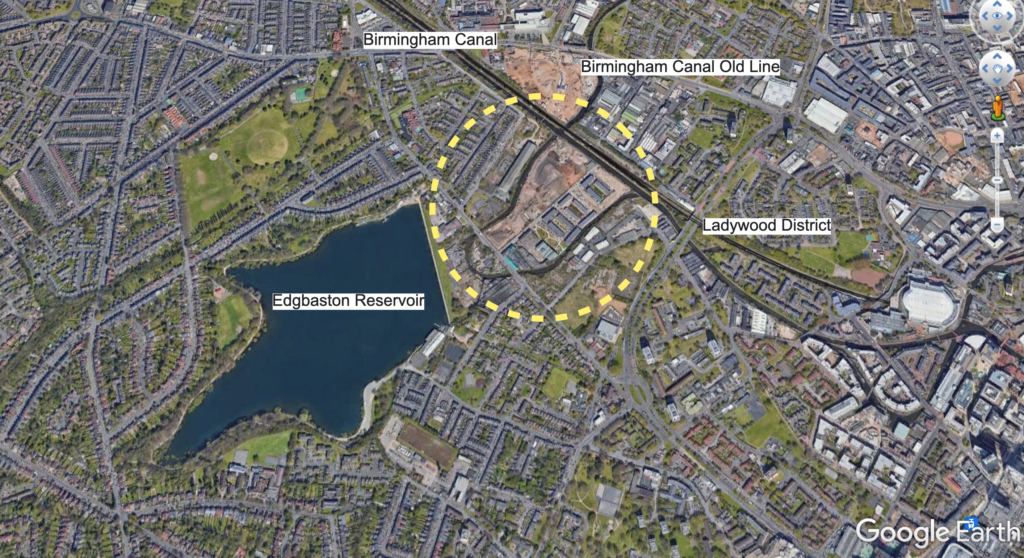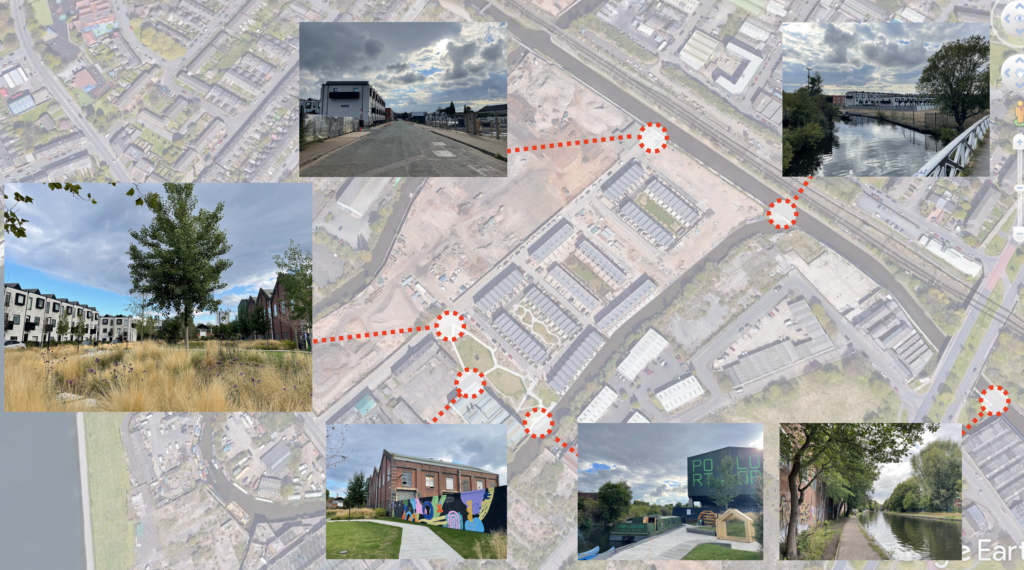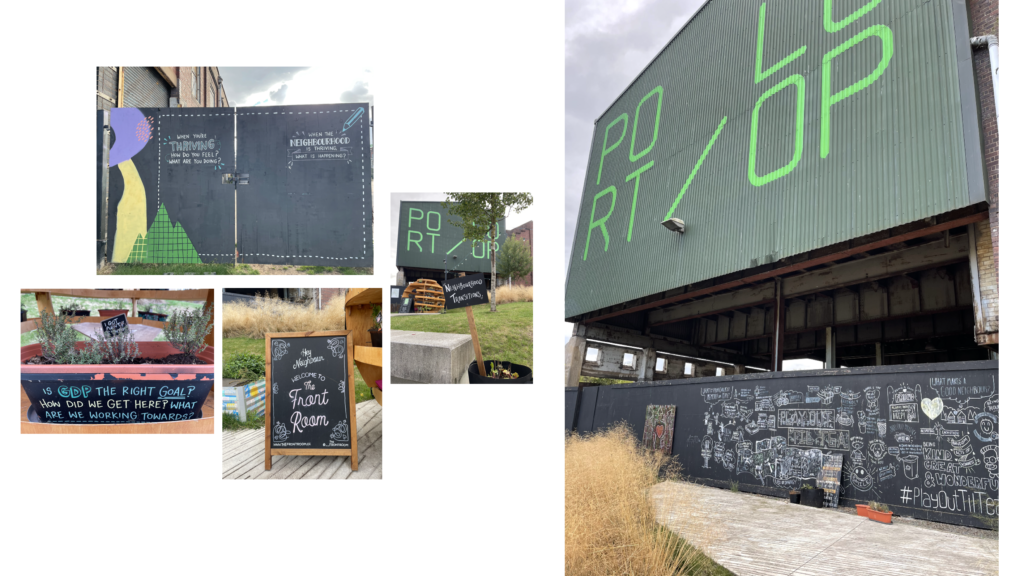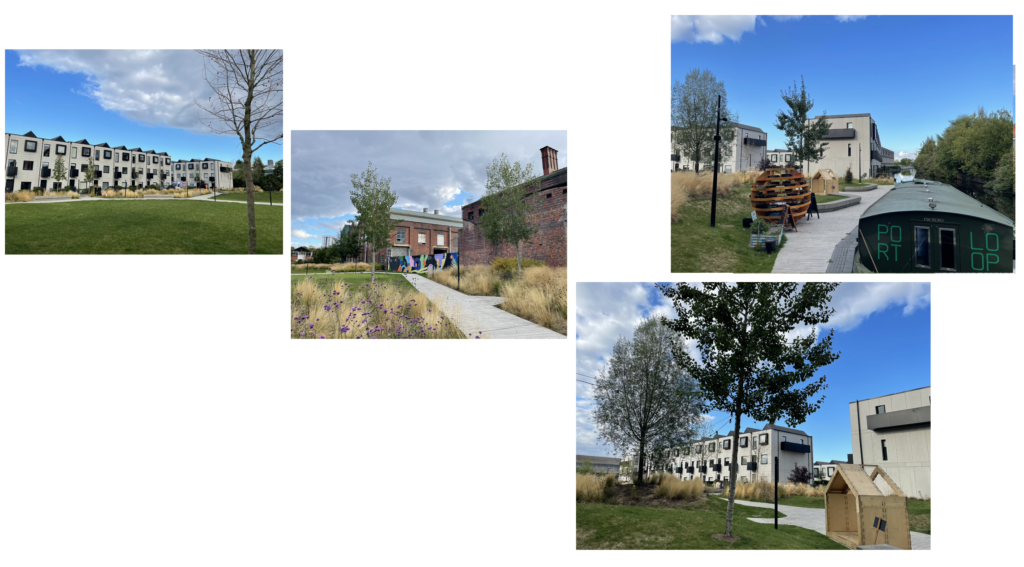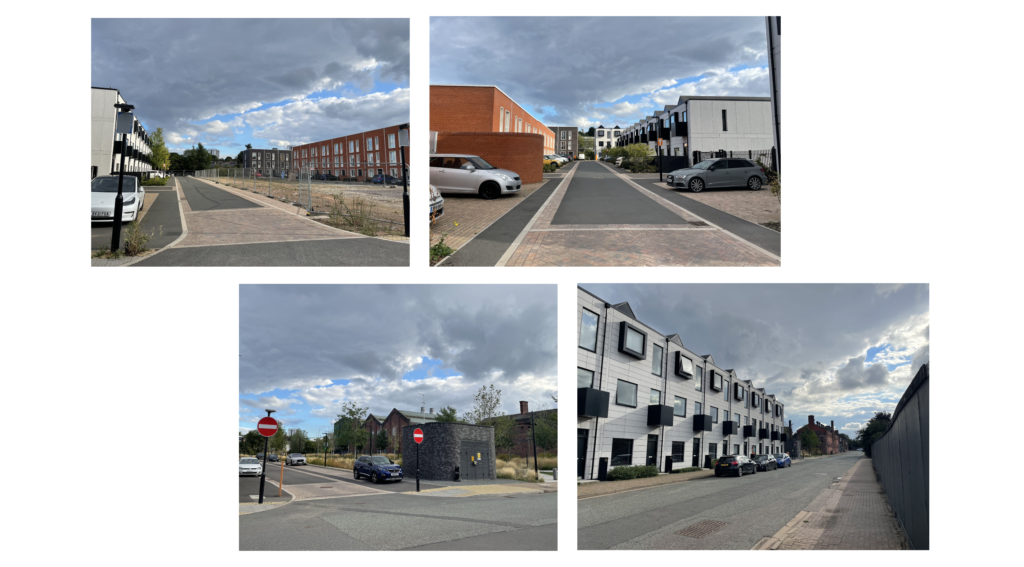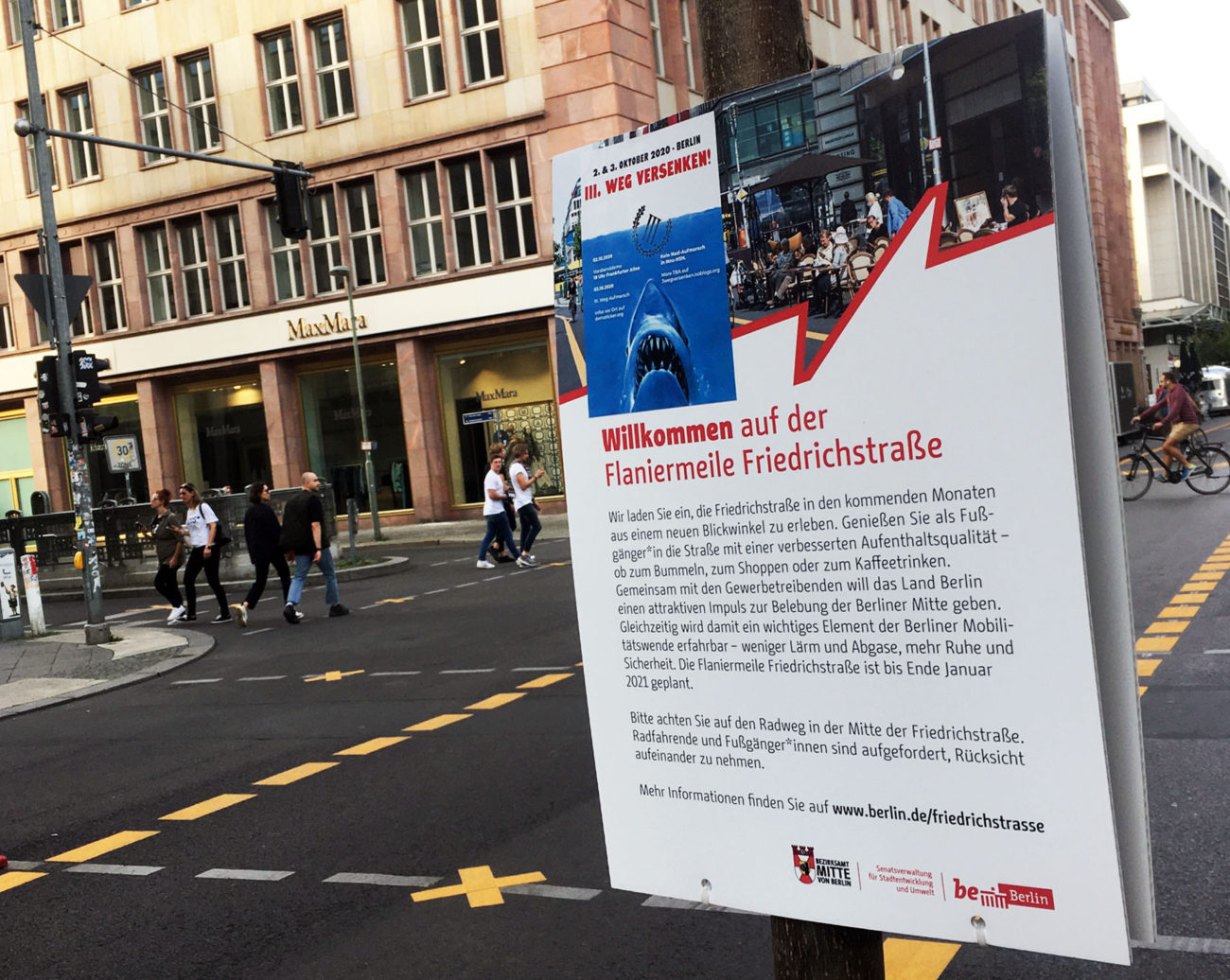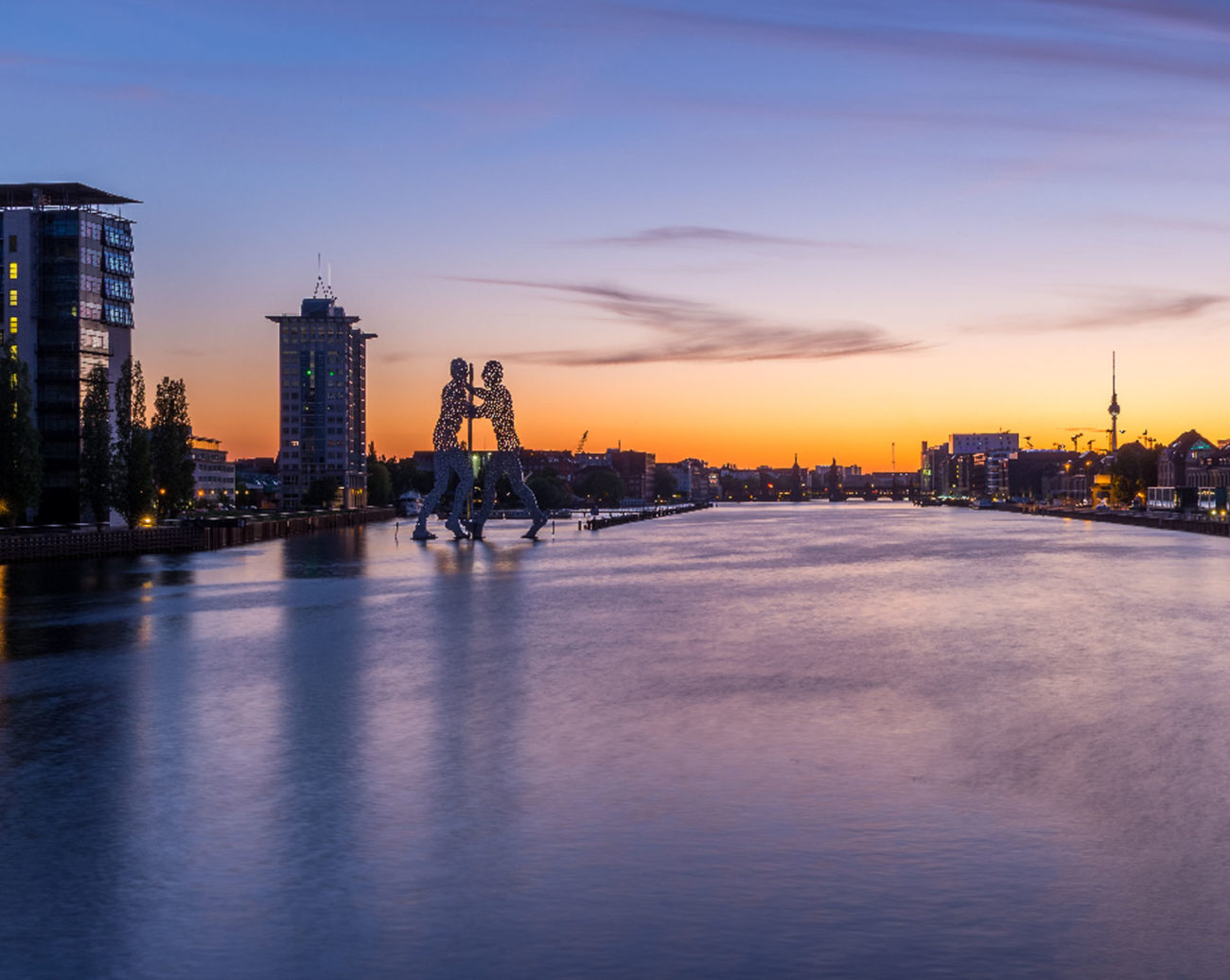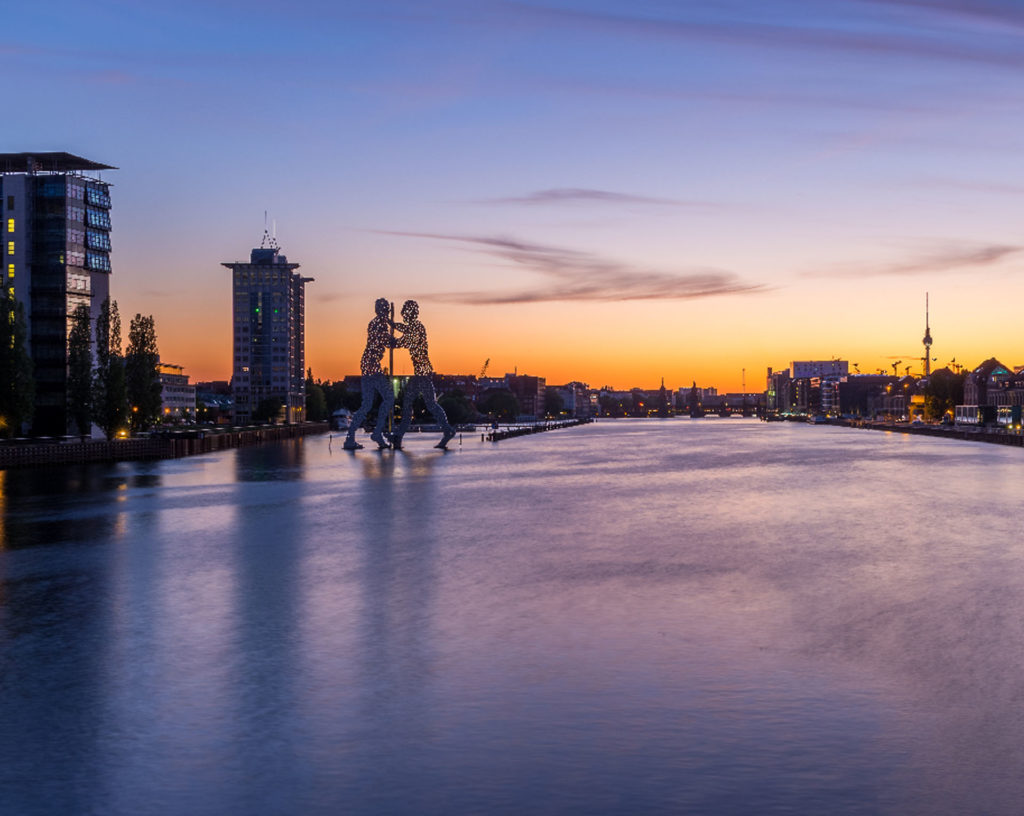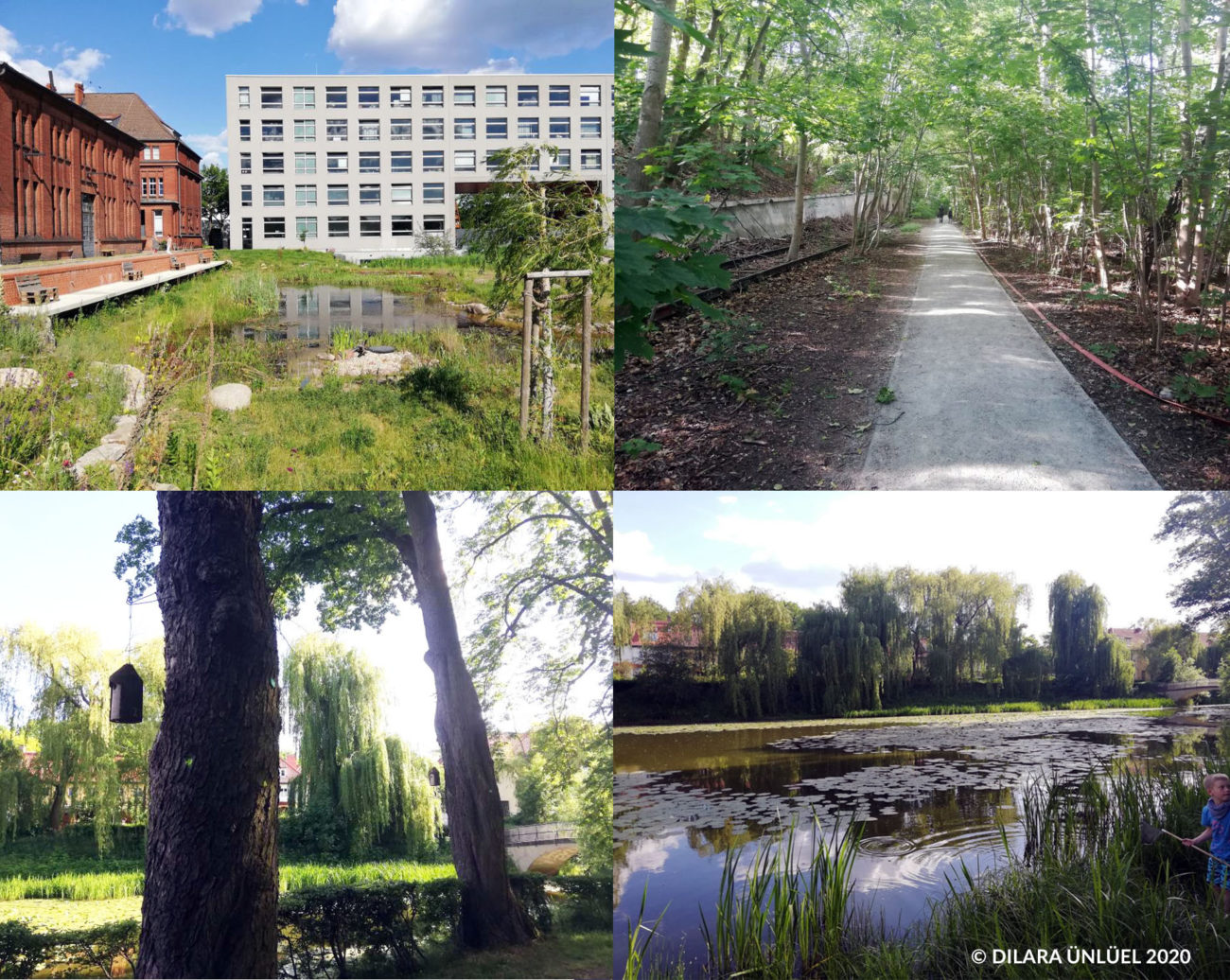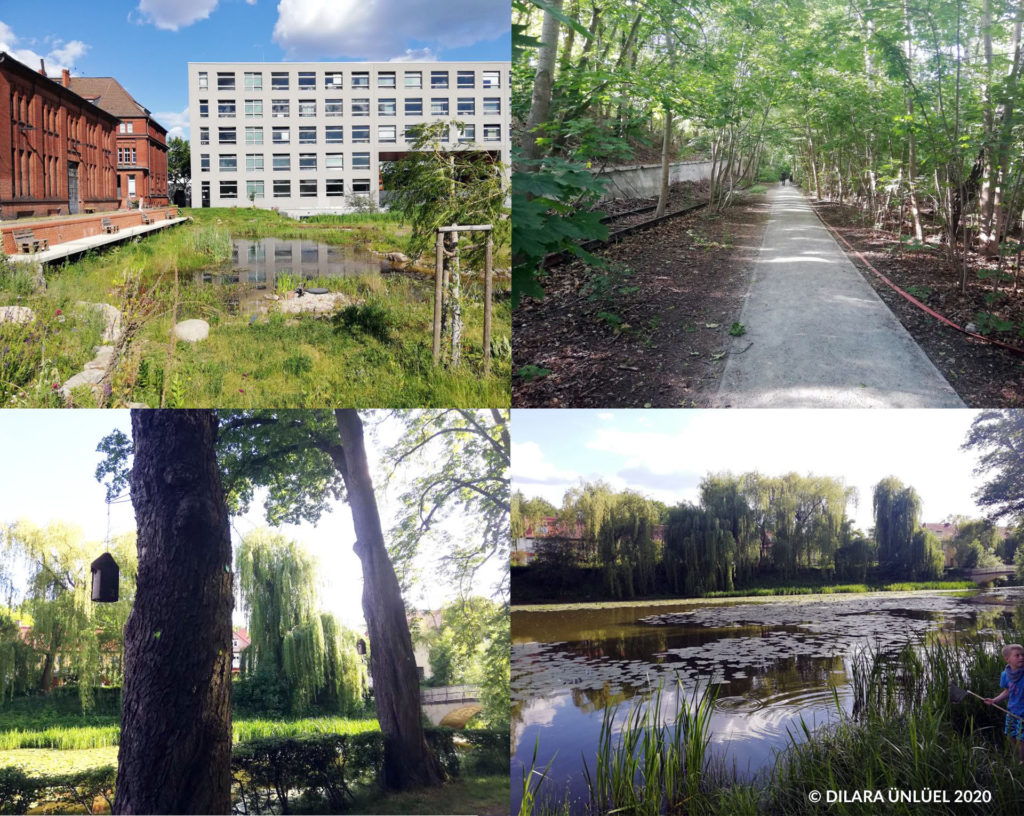PUBLICATION LIST
Books and scientific treatises
- Radicchi, A., Leo, G., Haklay, M., et al. (2023). Scaling up citizen science. Mutual learning exercise on citizen science initiatives: policy and practice. Fifth thematic report. Publications Office of the European Union, 2023, ISBN 978-92-76-61952-9, DOI 10.2777/52736
- Haklay, M., Gold, M., Huyse, T., Radicchi, A., et al. (2022). Introduction and overview of citizen science. Mutual learning exercise on citizen science initiatives: policy and practice. First topic report. Publications Office of the European Union, ISBN 978-92-76-46685-7, DOI 10.2777/29886
- Arias, R., Haklay, M., Radicchi, A. (2022). Ensuring good practices and impacts. Mutual learning exercise on citizen science initiatives: policy and practice. Second thematic report. Publications Office of the European Union, ISBN 978-92-76-53246-0, DOI 10.2777/389967
- Gold, M., Haklay, M., Arias, R., Radicchi, A., et al. (2022). Enabling environments and sustaining citizen science. Mutual learning exercise on citizen science initiatives: policy and practice. Fourth thematic report. Publications Office of the European Union, ISBN978-92-76-58863-4, DOI 10.2777/305248
- Gold, M., Arias, R., Haklay, M., Radicchi, A., et al.(2023). Mutual learning exercise: citizen science initiatives: policy and practice: final report, Publications Office of the European Union, ISBN 978-92-68-00379-4, DOI 10.2777/988919
- Radicchi, A. (2012). Sull’immagine sonora della città. (On the Sonic Image of the City). Florence: Firenze University Press. ISBN: 978-88-6655-295-6, e-ISBN: 978-88-6655-278-9 (open access)
Edited special issues of peer-reviewed scientific journals
- Boland, P., Radicchi, A., Potts R. & McHenry, J. (eds.) (forthcoming 2024).The Digital Revolution, Cities, and Urban Economies, Lausanne: Frontiers Media SA.
- Vida Manzano, J., Radicchi, A., Xiao, J. (eds.) (2023). Urban Design for Sustainable Urban Environment, Sustainability journal.
- Xiao, J., Aletta, F., Radicchi A. (eds). (2022). Smells, Well-being and the Built Environment, Lausanne: Frontiers Media SA. ISSN 1664-8714 – ISBN 978-2-88976-160-9. DOI 10.3389/978-2-88976-160-9
- Radicchi A., et al. (eds). (2021). Sound & the Healthy City, special issue of Cities & Health Journal, Volume 5, Issue 1-2, Routledge Publish
Articles in peer-reviewed scientific journals
- Radicchi, A. & Henckel, D. (2023). “Planning Artificial Light at Night for Pedestrian Visual Diversity in Public Spaces”. Sustainability 2023, 15(2), 1488; https://doi.org/10.3390/su15021488
- Vida Manzano, J., Radicchi, A. & Xiao, J. (2023). “Urban Design for Sustainable Built Environments“. Sustainability 2023, 15(21), 15493; https://doi.org/10.3390/su152115493
- Alberti, F. & Radicchi, A. (2022). “The Proximity City: a comparative analysis between Paris, Barcelona and Milan / La prossimità nei progetti urbani: una analisi comparative fra Parigi, Barcellona e Milano”, TECHNE Journal of Technology for Architecture and Environment, 23, 69-77 ISSN online 2239-0243
- Xiao, J., Aletta, F., Radicchi, A. (2022). “Editorial: Smells, Well-Being and the Built Environment”, Frontiers in Psychology, https://doi.org/10.3389/fpsyg.2022.880701 (open access)
- Xiao, J., Aletta, F., Radicchi, A. et al. (2021). “Recent Advancements in Smellscape Research for the Built Environment”, Frontiers in Psychology, 12:700514. doi: 10.3389/fpsyg.2021.700514 (open access)
- Alsina-Pagès, R., Ginovart-Panisello, G., Freixes, M. and Radicchi, A. (2021). “A Soundwalk in the heart of Poblenou superblock in Barcelona: Preliminary study of the acoustic events”, Noise Mapping, 8, pp. 207–216. https://doi.org/10.1515/noise-2021-0016 (open access)
- Radicchi, A. & Grant, M. (2021). “From noise to soundscape in the service of urban health”. City Know How of Sound and the Healthy City, a special issue of the journal Cities & Health, 5:1-2, pp. 15-19. doi.org/10.1080/23748834.2020.1851344 (open access)
- Radicchi A. et al. (2020). “Sound and the Healthy City”. Leading Article of the special issue Sound and the Healthy City of Cities & Health Journal Editorial. DOI:10.1080/23748834.2020.1821980 (open access)
- Radicchi A. (2020). “Berlino Swim City? Riflessioni in cammino lungo la Sprea a Berlino” (“Is Berlin a Swim City? Reflections on a walk along the Spree River”), Ecowebtown. Journal of Sustainable Design, no. 21. (open access)
- Torresin, S., Aletta, F. (…), Radicchi, A. and Albatici, B. (2020). “Acoustics for Supportive and Healthy Buildings: Emerging Themes on Indoor Soundscape Research”, Sustainability, 12(15), 6054. doi.org/10.3390/su12156054 (open access)
- Radicchi, A. (2019). “Soundwalking with children for a quieter and healthier city”, Cities & Health Journal. DOI: https://doi.org/10.1080/23748834.2019.1578455
- Tsaligopoulos, A., Karapostoli, A., Radicchi, A., Economou, C., Kyvelou, S., Matsinos, Y. G. (2019). “Ecological Connectivity of Urban Quiet Areas: The Case of Mytilene, Greece”, Cities & Health Journal. DOI: https://doi.org/10.1080/23748834.2019.1599093
- Radicchi, A., Henckel, D., Memmel, M. (2018). “Citizens as smart, active sensors for a quiet and just city. The case of the open source soundscapes approach to identify, assess and plan everyday quiet areas in cities”, Noise Mapping, 4, pp. 104-122. DOI: https://doi.org/10.1515/noise-2017-0008 (open access)
- Radicchi, A., Signorelli, V. (2015). “Mappature sonore, aree di quiete e strategie di controllo del rumore/Soundmaps, quiet areas and noise control strategies”, Urbanistica, 153, pp. 31-136. ISSN: 0042-1022
- Radicchi, A. (2011). “Sull’immagine sonora della città/On the Sonic Image of the City”, Urbanistica, 146, pp. 96-100. ISSN: 0042-1022
Referred chapters in edited books
- Alberti, F. & Radicchi, A. (2023). “From the Neighborhood Unit to the 15-Minute City. Past and Recent Models for the Post-Covid Cities”, in Alberti F., Matamanda A., He B, Galderisi A., Smol M., Gallo P., (ed.) Urban and Transit Planning. City Planning: Urbanization and Circular Development, Springer International Publishing, pp. 159-170. ISBN: 978-3-031-20994-9 (hardcover), 978-3-031-20995-6 (e-book)
- Radicchi, A. (2021), “Combined Sound and Light Walks. A novel, mixed method to assess the sonic and light urban environment at night”, in Piga, B. E. A., Siret, D., Thibaud, J-P. (eds) Experiential Walks for Urban Design. Revealing, Representing, and Activating the Sensory Environment. Springer International Publishing, pp. 77-91. ISBN: 978-3-030-76693-1
- Radicchi, A. (2021). “Citizen science mobile apps for soundscape research and public space studies. Lessons learned from the Hush City project” in Skarlatidou, A., Haklay, M. (eds) Geographical Citizen Science Design: No One Left Behind, UCL Press. (open access)
- Radicchi, A. (2019). “The notion of soundscape in the realm of sensuous urbanism. A historical perspective” in Wilson, A. (ed.) Sound Worlds from the Body to the City: Listen! Cambridge: Cambridge Scholars Publisher, pp. 99-125. ISBN: 978- 1527523883
- Luna, S., Gold, M. (…), Radicchi, A., Schade, S., Sturm, U. (2018). “Developing mobile applications for environmental and biodiversity citizen science: considerations and recommendations”, in Joly, A., Vrochidis, S., Karatzas, K., Karppinen, A., Bonnet, P. (eds). Multimedia Technologies for Environmental & Biodiversity Informatics. Springer International Publishing, pp. 9-30. DOI: https://doi.org/10.1007/978-3-319-76445-0_2
- Radicchi, A. (2017). “A Pocket Guide to Soundwalking. Some introductory notes on its origin, established methods and four experimental variations”, in Besecke, A., Meier, J., Pätzold, R., Thomaier, S. (eds.) Perspectives on urban economics/ Stadtökonomie – Blickwinkel und Perspektiven. Berlin: Universitätsverlag der TU Berlin, pp. 70-73. ISBN: 978-3-7983-2919-5 (open access)
- Mayr, A., Radicchi, A. (2013). “Time Walk”, in Henckel, D., Thomaier, S., Könecke, B., Zedda, R., Stabilini, S. (eds) Space Time Design of the Public City. Berlin: Springer Publishers, pp. 86-97.DOI: https://doi.org/10.1007/978-94-007-6425-5_
Chapters in edited books
- Radicchi, A. (2019). “Hush City. From crowdsourced data to open source planning of quieter and healthier cities”, in Besters, M., Marrades Sempere, R., Kahne, J. (eds) OUR CITY? Countering Exclusion in Public Space, Placemaking Europe Publications, pp. 367-370. ISBN: 978-90-830089-0-5
- Beccaria, C., Guerrucci, E., Radicchi, A. (2012). “Le Architetture del Made in Italy”, in Zevi, L. (ed) Le quattro stagioni. Architetture del Made in Italy da Adriano Olivetti alla New Economy. Naples: Electa Publisher, pp. 88-89. ISBN: 978-8837093228
- Radicchi, A., Rojas, F. (2009). “Soundscapes Oltrarno”, in Frenchman, D., Mitchell, W. (eds) Technology, Livability and the Historic City. Future of Firenze. MIT Press, pp. 80-85. ISBN 978-0-9794774-3-0
Articles in professional practice journals
- Radicchi, A. & Xiao, J. (2023). “Proactive Sensory Urban Design”, Urban Design Journal, issue no. 160, pp. 37-39. Urban Design Group Publishing, London.
- Radicchi, A. (2021). “Integrating soundscape in urban design, planning and landscape”, Landscape Journal, issue 2, pp. 33-35. ISSN: 1742–2914 (open access)
- Dunbavin, P. & Radicchi, A. (2018). “The Hush City project and its relevance to planning policy”, Acoustic Bulletin, 43(5), pp. 34-40. ISSN: 0308-437X
Articles in Conference Proceedings
- Radicchi, A. & Henckel, D. (2021). “Planning artificial light at night for pedestrian visualdiversity in public spaces”. Proceedings of the international conference Shaping light for health and wellbeing in cities, 16-17 December 2021. 27. Radicchi, A. & Henckel, D. (2021). “Planning artificial light at night for pedestrian visualdiversity in public spaces”. Proceedings of the international conference Shaping light for health and wellbeing in cities, 16-17 December 2021. ISBN 9788854970823 – DOI 10.6092/UNIBO/AMSACTA/6863
- Alberti, F. & Radicchi, A. (2021). “From the Neighbourhood Unit to the 15-Minute City. Past and Recent Urban Models for the Post-Covid Future”. Proceedings of Science and Technology, International Conference on Urban Planning and Architectural Design for Sustainable Development, Florence (IT), September 14-16 2021. ISSN (Print: 2537-0731, online: 2537-074X)
- Radicchi, A. (2020). “Are POPS effective design and planning tools that can favour the creation of healthy, open spaces in contemporary cities? Notes from an empirical study in New York,” in Talia M. (ed), La città contemporanea: un gigante dai piedi d”argilla. Proceedings of the International Conference Urbanpromo XVI edizione Progetti per il Paese. Planum Publisher, Roma-Milano, pp. 340-346. ISBN 9788899237226 (open access)
- Radicchi, A. (2020). “Passeggiate partecipate e tecnologia mobile citizen science. L’esperienza del processo partecipativo per la redazione del piano delle aree quiete di Berlino 2019-2023” (“Participatory walks and mobile citizen science technology. The experience of the participatory process for the Berlin Quiet Areas Plan 2019-2023”), Urbanistica Informazioni no. 289, Atti della XII Giornata internazionale di Studi INU/12° International INU Study Day “Benessere e/o salute? 90 anni di studi, politiche, piani / Welfare and/or Health? 90 Years of studies, policies and plans”, 18 December 2020 (written in Italian)
- Hasegawa, Y., Lau, S-K., Radicchi, A. (2020). “Assessments of users’ living soundscapes in a tropical urban city exploring objective audio-visual components and subjective perceptions with the mobile application technology’. Proceedings of Internoise 2020 E-Congress, 23-26 August 2020, Seoul, South Korea.
- Radicchi, A. (2019). “A soundscape study in New York. Reflections on the application of standardized methods to study everyday quiet areas.”, Proceedings of the 23rd International Congress on Acoustics 2019, 9-13 September 2019, Aachen (DE). ISBN: 978-3-939296-15-7 – ISSN: 2226-7808 and 2415-1599
- Radicchi, A. (2019). “Is a Noisy City Sustainable?” in Beth, A. et al. (Eds.). Proceedings from EDRA 50: Sustainable urban environments. Brooklyn, NY: Environmental Design Research Association.
- Radicchi, A. (2019). “Smart Citizens for Sound Cities”, INTER-NOISE and NOISE-CON Congress and Conference Proceedings, InterNoise19, 17-19 June 2019, Madrid, Spain, pages 2995-3992, pp. 3987-3992(6). ISSN 0736-2935
- Radicchi, A. (2019). “Mobile applications for environmental noise and soundscape evaluation”, INTER-NOISE and NOISE-CON Congress and Conference Proceedings, InterNoise19, 17-19 June 2019, Madrid, Spain, pages 3993-4998, pp. 3993-4001(9). ISSN 0736-2935
- Radicchi, A. (2019). “Untapping the potential of soundwalks as participatory methods for co-designing smart cities”, The Journal of the Acoustical Society of America 146 (4), 2873-2873, 2019. DOI: https://doi.org/10.1121/1.5136971
- Radicchi, A. (2019). “An experimental soundscape study, combining binaural recordings, in-situ questionnaires and behavioral mapping”, The Journal of the Acoustical Society of America, 145, p. 1753. DOI: https://doi.org/10.1121/1.5101418
- Radicchi, A. (2018). “Everyday quiet areas. What they mean and how they can be integrated in city planning processes”, INTER-NOISE and NOISE-CON Congress and Conference Proceedings, InterNoise19, 26-29 August 2018, Chicago (USA), pages 2984 – 3995, pp. 3727-3735(9). ISSN 0736-2935
- Radicchi, A. (2018). “From crowdsourced data to open source planning. The implementation of the Hush City app in Berlin”, INTER-NOISE and NOISE-CON Congress and Conference Proceedings, InterNoise19, 26-29 August 2018, Chicago (USA), pages 2984 – 3995, pp. 3747-3754(8). ISSN 0736-2935
- Radicchi, A. (2018). “The use of mobile applications in soundscape research: open questions in standardization”, Proceedings of EURONOISE 2018, 27-31 May 2018, Crete (G), pp. 2471-2478. ISSN: 2226-5147
- Radicchi, A. & Henckel, D. (2018). “Combined Sound- & Lightwalks. A perception-based method to analyze and evaluate the sonic and light environment of our cities at night”, Proceedings of EURONOISE 2018, 27-31 May 2018, Crete (G), pp. 2405-2410. ISSN: 2226-5147
- Radicchi, A. & Vida Manzano, J. (2018). “Soundscape evaluation of urban social spaces. A comparative study: Berlin-Granada”, The Journal of the Acoustical Society of America, 144 (3), p. 1660. DOI: https://doi.org/10.1121/1.5067408
- Radicchi, A. (2017). “The HUSH CITY app. A new mobile application to crowdsource and assess “everyday quiet areas” in cities”, Invisible Places. Sound, Urbanism and the Sense of Place, Proceedings of the International Conference Invisible Places, São Miguel, Azores, pp. 511-528. e-ISBN: 978-989-746- 129-3
- Radicchi, A. (2017). “Beyond the Noise: Open Source Soundscapes. A mixed methodology to analyse, evaluate and plan “everyday” quiet areas”, Proc. Mtgs. Acoust., 30, 040005. DOI: https://doi.org/10.1121/2.0000565
- Radicchi, A. (2017). “Quietness as a commons: Integrating soundscape in urban planning for the environmentally just city”, The Journal of the Acoustical Society of America, 142 (4), p. 2671. DOI: https://doi.org/10.1121/1.5014731
- Radicchi, A. (2013). “Emotional Geography and Soundscape Studies. Beyond the cognitive approach in (sound)mapping urban spaces”, in Morello E., Piga B. (eds) Envisioning Architecture: Design, Evaluation, Communication, Proceedings of the XI International Congress EAEA11 European Architectural Envisioning Association. Milan: Nuova Cultura Publisher, pp. 267-272. ISBN: 978-8868121365
- Radicchi, A. (2012). “The Sonic Niche. A new design tool to enhance and create atmospheres through sounds in the contemporary city”, in Thibaud, J-P., Siret, D. (eds) Ambiances in Action / Ambiances en acte(s), Proceedings of the Second International Congress on Ambiances. Montreal: Ambiances International Network / Ambiances Reseau International, pp. 253-258. ISBN: 978-2952094832
- Briani, M. & Radicchi, A. (2010). “Paesaggi sonori e deriva urbana” (“Soundscapes and city drifts”), Territori di ricerca. Ricerche di Territorio, Proceedings of the VIII National Conference of the Interdoctorate Network in Urban Design and Territorial Planning, Vol. II, pp. 80-97, Alinea Publisher. ISBN: 978-8860554734
Technical and research reports (internally referred)
- Radicchi, A. (2023). Scaling up citizen science. Topic Five Thematic Report prepared for the European Commission Directorate-General for Research and Innovation. Publications Office of the European Union.
- Radicchi, A. (2022). Scaling up citizen science. Topic Five Discussion Paper prepared for the European Commission Directorate-General for Research and Innovation. Publications Office of the European Union.
- Radicchi, A. (2022). EU-Citizen.Science. The platform for sharing, initiating, and learning Citizen Science in Europe. Final Periodic Technical Report. Part B. Submitted to the European Commission Research Executive Agency.
- Radicchi A., Fabó Cartas, C., Sanz, F., Camacho, P. (2021). Citizen Science for Policy Across Europe, MfN, Berlin, Germany. DOI: 10.5281/zenodo.5820364
- Radicchi A. (2020). Berlin Hush City Master Plan, Technical Report of the research project Hush City Mobile Lab, TU Berlin, Berlin, Germany. Submitted to the HEAD-Genuit Foundation.
- Radicchi A. (2020). Final Research Report of the research project Hush City Mobile Lab, TU Berlin, Berlin, Germany. Submitted to the HEAD-Genuit Foundation.
- Radicchi A. (2019). The open source soundscapes approach to everyday quiet areas. Criteria and recommendations for the Berlin Plan of Quiet Areas (2018-2023), Technical University of Berlin. Technical Report submitted to the Municipality of Berlin, Berlin, Germany.
- Radicchi A. (2018). Final Research Report of the research project Beyond the Noise: Open Source Soundscapes, TU Berlin, Berlin, Germany. Submitted to the EC &TU Berlin/Ipodi Program.
YEAR
2009 – Present

